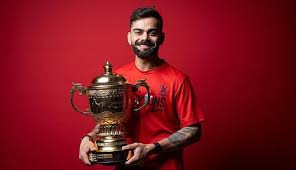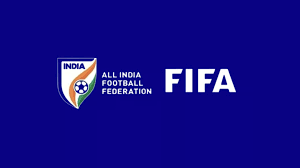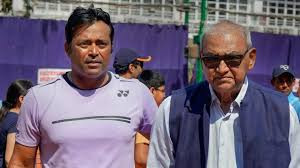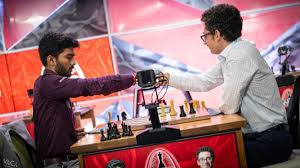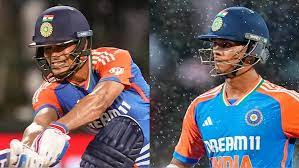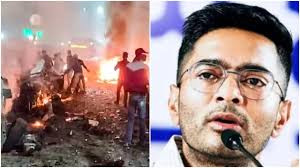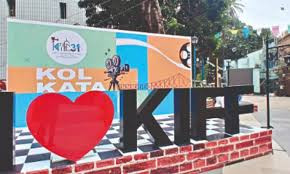"Indian Football is Hopeless": Fans Fume After 1-0 Loss to Hong Kong in Asian Cup Qualifier
IIE DIGITAL DESK : India’s journey in the Asian Cup Qualifiers took another disappointing turn as the national football team slumped to a 1-0 defeat against Hong Kong, sparking a fresh wave of frustration and criticism from fans and experts alike. The result, while narrow in scoreline, was far more damaging in implication — exposing not only the technical shortcomings of the team but also the deep-rooted structural failings that continue to plague Indian football.
Played at a neutral venue under humid conditions, saw India struggle to maintain possession, create chances, or show any visible tactical coherence. Hong Kong’s single goal — a well-executed strike in the first half — was enough to hand them victory, as India failed to mount any serious challenge in response. With the loss, India’s hopes of progressing further in the qualifiers now hang by a thread.
Almost immediately after the final whistle, #IndianFootball and #AIFFOut began trending on social media platforms. Fans from across the country expressed their anger and despair over yet another underwhelming performance from the national side. The phrase “Indian football is hopeless” began circulating widely, summing up the mood among supporters who have grown tired of repeated failures on the international stage.
“The team had no spark, no strategy, and no hunger,” wrote one user on X (formerly Twitter). “We can’t keep blaming the players when the entire system is broken. The AIFF needs a serious shake-up.”
This sentiment was echoed by former players and analysts, who pointed to the lack of meaningful reforms within the All India Football Federation (AIFF). While the appointment of foreign coaches and the launch of the Indian Super League (ISL) were seen as positive steps in previous years, critics argue that these developments have failed to produce consistent results at the national level.
“What we’re seeing is not just a bad performance but the outcome of years of poor planning,” said a former Indian midfielder during a post-match panel discussion. “Grassroots development is neglected. Youth scouting is haphazard. And coaching remains out of touch with modern football.”
India’s performance was lacklustre from the opening minutes. Passes went astray, communication among defenders was shaky, and the midfield failed to provide any creative spark. Captain Sunil Chhetri, though committed as always, looked increasingly isolated up front with little support. The introduction of substitutes in the second half brought brief moments of energy but no real threat to the Hong Kong defence.
The AIFF’s silence after the match only further inflamed tempers. No immediate statement was issued, and media briefings were reportedly delayed. Fans and journalists are now demanding accountability from the federation, questioning not just team selection and coaching but also the long-term strategy — or the lack thereof — behind India’s football ambitions.
India, a country with a population of over a billion and an enormous pool of athletic talent, remains ranked outside the top 100 in FIFA rankings, a fact that continues to baffle international observers. Countries with fewer resources and smaller populations, such as Lebanon, Jordan, and now Hong Kong, have outpaced India both in results and development.
Many believe that unless systemic issues such as political interference, corruption, and mismanagement are addressed, Indian football will continue to struggle regardless of how many leagues or stadiums are built. The recurring disappointments are not just sporting failures — they have come to represent broken promises to a generation of fans who still dare to dream.
For now, India’s football future remains uncertain, mired in disappointment and disillusionment. And after the latest defeat, fans seem to be losing not just hope, but also faith.
You might also like!





